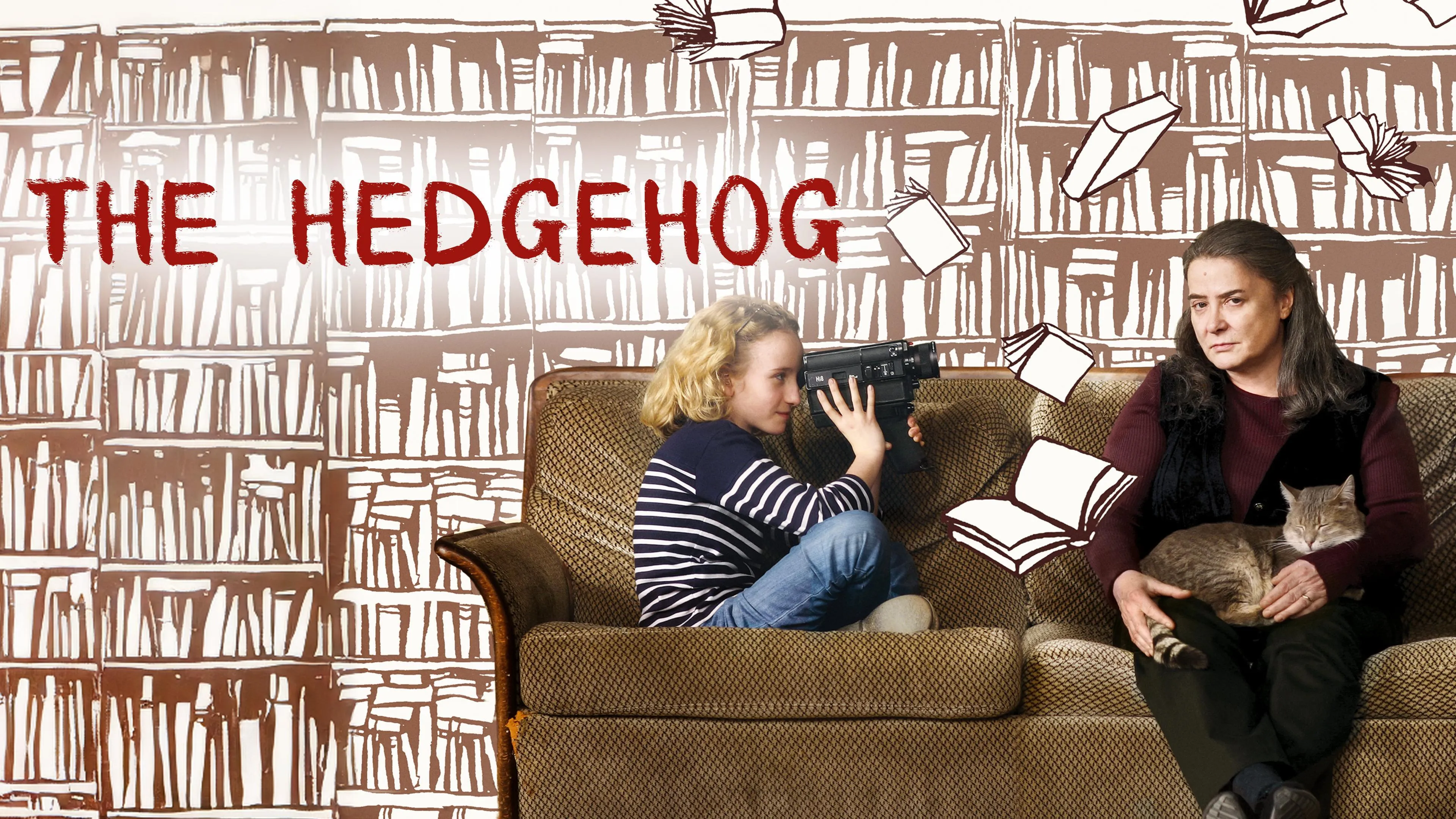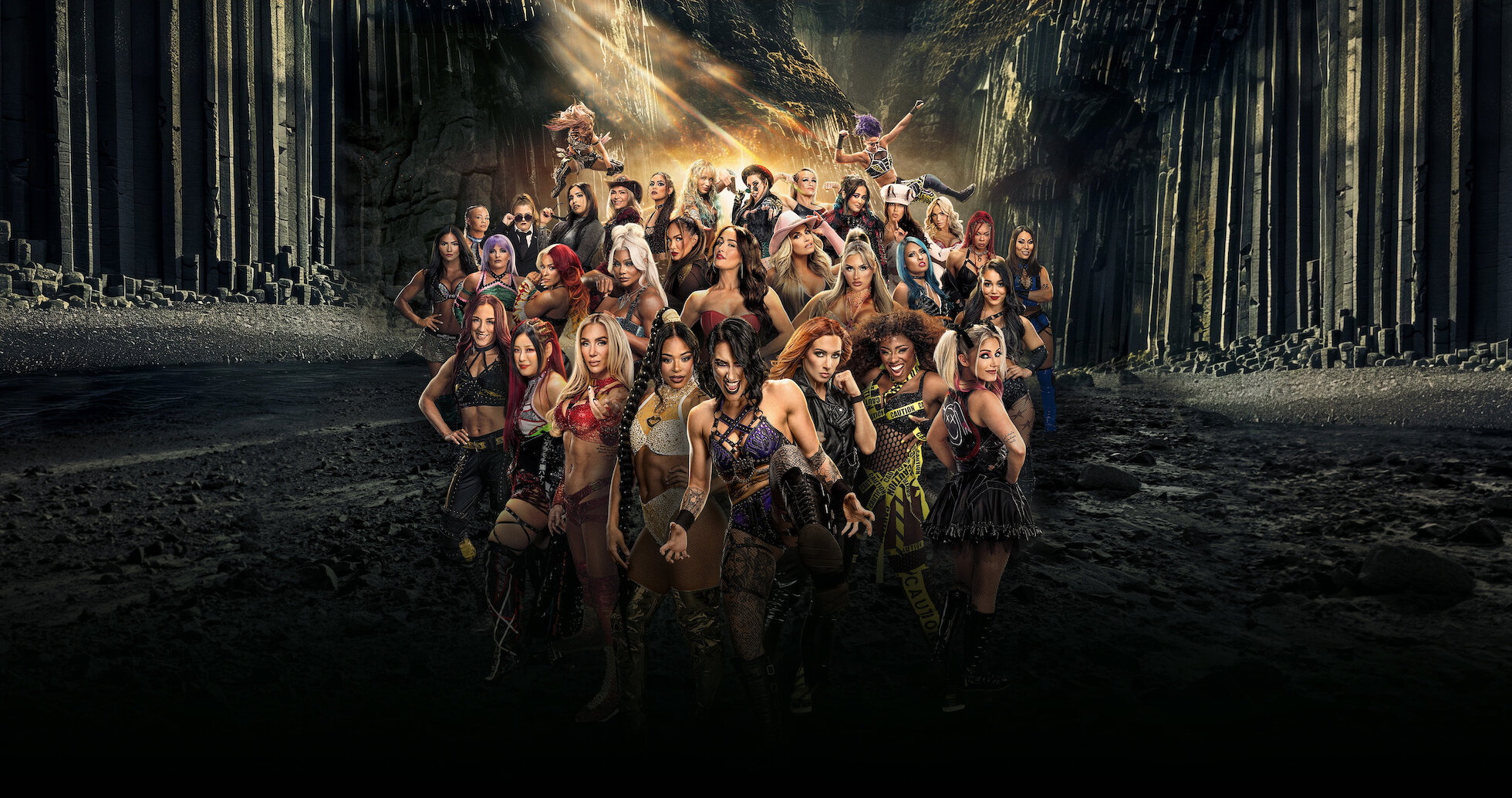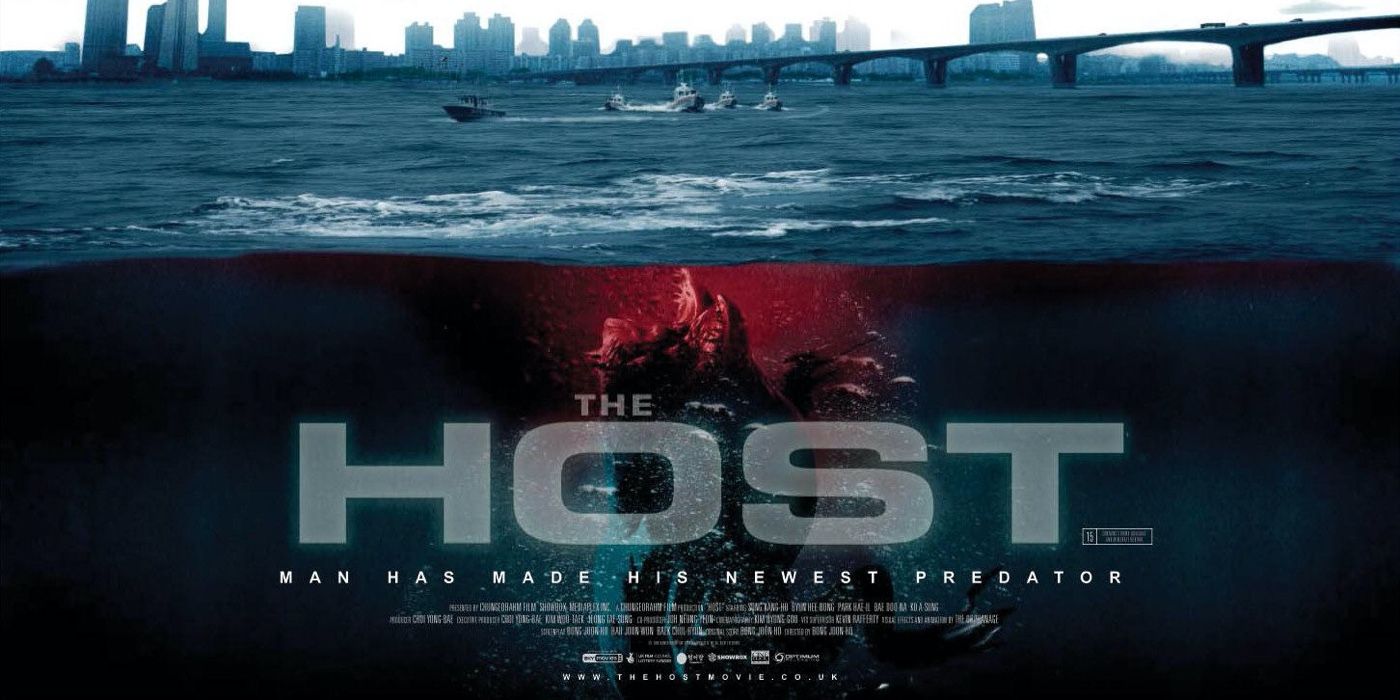is a provocative and emotionally intense British indie thriller that marks the directorial debut of Craig Tuohy. This film transforms the traditional home-invasion narrative into a sharp social critique of patriarchy, privilege, and generational trauma. With a minimalist setting and a psychological focus, it crafts a disturbing, character-driven experience rather than relying on typical horror tropes.
The story centers around Daniel, a wealthy and emotionally distant entrepreneur, who invites his estranged teenage daughter, Imogen, to his sleek countryside home to celebrate her birthday. What begins as an awkward and strained reunion quickly spirals into chaos when two masked intruders, known only as Comedy and Tragedy, break into the house, armed and clearly purposeful. What initially appears to be a random act of violence reveals itself to be a calculated reckoning with deeper emotional and social implications.
This film stands out for its refusal to follow horror formulas. Rather than leaning on gore or jump scares, it focuses on emotional violence, psychological unease, and intense character dynamics. Comedy and Tragedy are not faceless monsters but symbols—embodying rage, grief, and suppressed trauma. Their presence forces the characters, especially Daniel and Imogen, to confront the ghosts of their past and the cost of their silence.

Performances in the film are notably strong. Gledisa Arthur portrays Imogen with a blend of vulnerability and quiet strength, capturing the disorientation and resilience of a teenager caught in the middle of emotional warfare. Brad Moore brings layered complexity to Daniel, portraying a man simultaneously entitled and broken, desperate for redemption but blind to his failings. Jaime Winstone’s Comedy is electrifying—volatile, furious, and unrelenting—while Chiara D’Anna as Tragedy is chillingly calm, embodying an eerie, almost poetic menace.
Visually, the film is striking. The modern, open-plan house with its floor-to-ceiling windows provides a stark contrast to the psychological claustrophobia unfolding inside. The cinematography uses shadows, tight framing, and stillness to create a slow-burning sense of dread. The house itself becomes a metaphor: pristine on the surface, but emotionally hollow—much like the lives of its inhabitants.
At just over 80 minutes, Everyone Is Going to Die is tightly constructed. Its pacing is deliberate, allowing tension to mount gradually before delivering an emotionally devastating climax. The final act is both shocking and thematically rich, leaving audiences with questions about accountability, legacy, and the hidden cost of silence.

Critical reception has been mixed but mostly favorable. Many praise the film’s intelligence and thematic depth, especially its subversive take on the home-invasion genre. Some viewers, however, may find its pacing slow or its symbolism heavy-handed. Still, the film’s commitment to exploring uncomfortable truths makes it a standout in a crowded genre.
In conclusion, Everyone Is Going to Die is not just a thriller—it is a haunting moral interrogation dressed in the clothing of a suspense film. It challenges viewers to look beyond fear and into the emotional wounds that violence leaves behind. For those seeking a psychologically rich, socially conscious experience, this film offers a bold and unforgettable cinematic journey.
is a provocative and emotionally intense British indie thriller that marks the directorial debut of Craig Tuohy. This film transforms the traditional home-invasion narrative into a sharp social critique of patriarchy, privilege, and generational trauma. With a minimalist setting and a psychological focus, it crafts a disturbing, character-driven experience rather than relying on typical horror tropes.
The story centers around Daniel, a wealthy and emotionally distant entrepreneur, who invites his estranged teenage daughter, Imogen, to his sleek countryside home to celebrate her birthday. What begins as an awkward and strained reunion quickly spirals into chaos when two masked intruders, known only as Comedy and Tragedy, break into the house, armed and clearly purposeful. What initially appears to be a random act of violence reveals itself to be a calculated reckoning with deeper emotional and social implications.
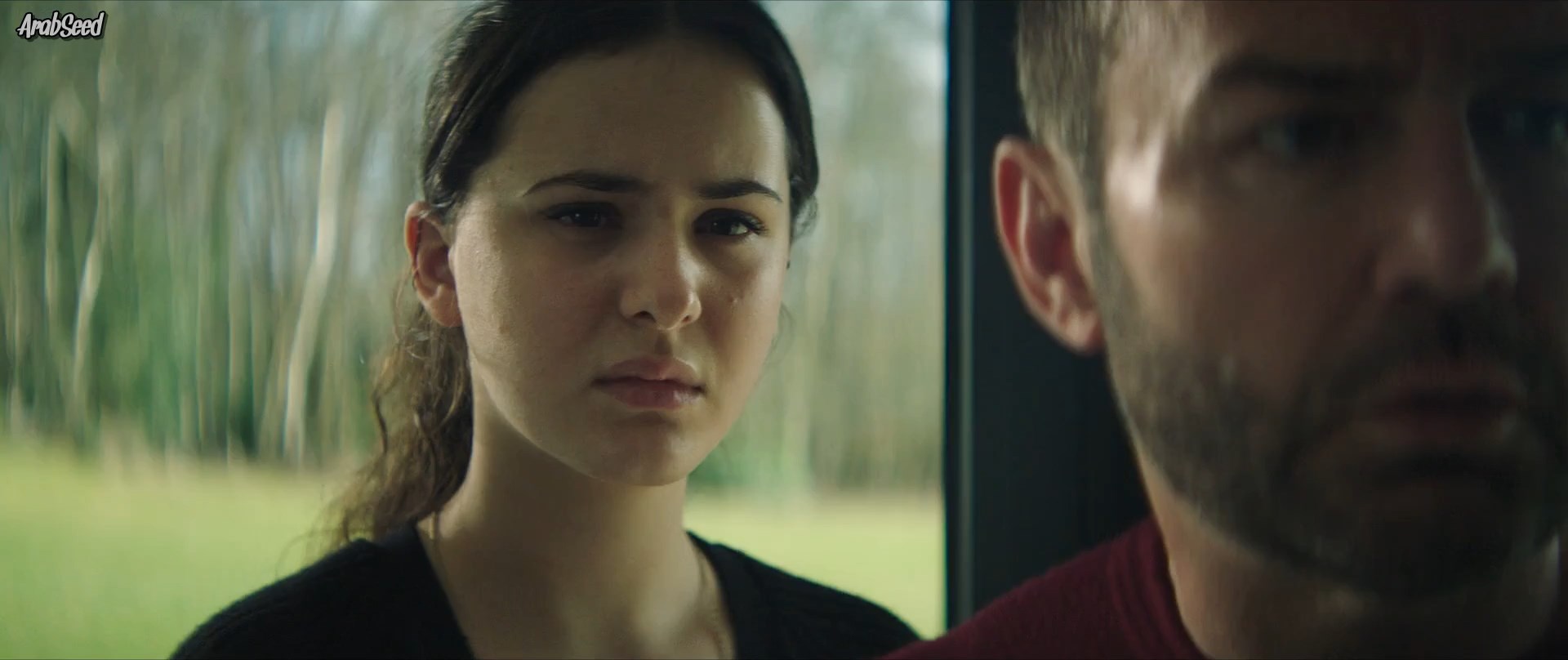
This film stands out for its refusal to follow horror formulas. Rather than leaning on gore or jump scares, it focuses on emotional violence, psychological unease, and intense character dynamics. Comedy and Tragedy are not faceless monsters but symbols—embodying rage, grief, and suppressed trauma. Their presence forces the characters, especially Daniel and Imogen, to confront the ghosts of their past and the cost of their silence.
Performances in the film are notably strong. Gledisa Arthur portrays Imogen with a blend of vulnerability and quiet strength, capturing the disorientation and resilience of a teenager caught in the middle of emotional warfare. Brad Moore brings layered complexity to Daniel, portraying a man simultaneously entitled and broken, desperate for redemption but blind to his failings. Jaime Winstone’s Comedy is electrifying—volatile, furious, and unrelenting—while Chiara D’Anna as Tragedy is chillingly calm, embodying an eerie, almost poetic menace.
Visually, the film is striking. The modern, open-plan house with its floor-to-ceiling windows provides a stark contrast to the psychological claustrophobia unfolding inside. The cinematography uses shadows, tight framing, and stillness to create a slow-burning sense of dread. The house itself becomes a metaphor: pristine on the surface, but emotionally hollow—much like the lives of its inhabitants.
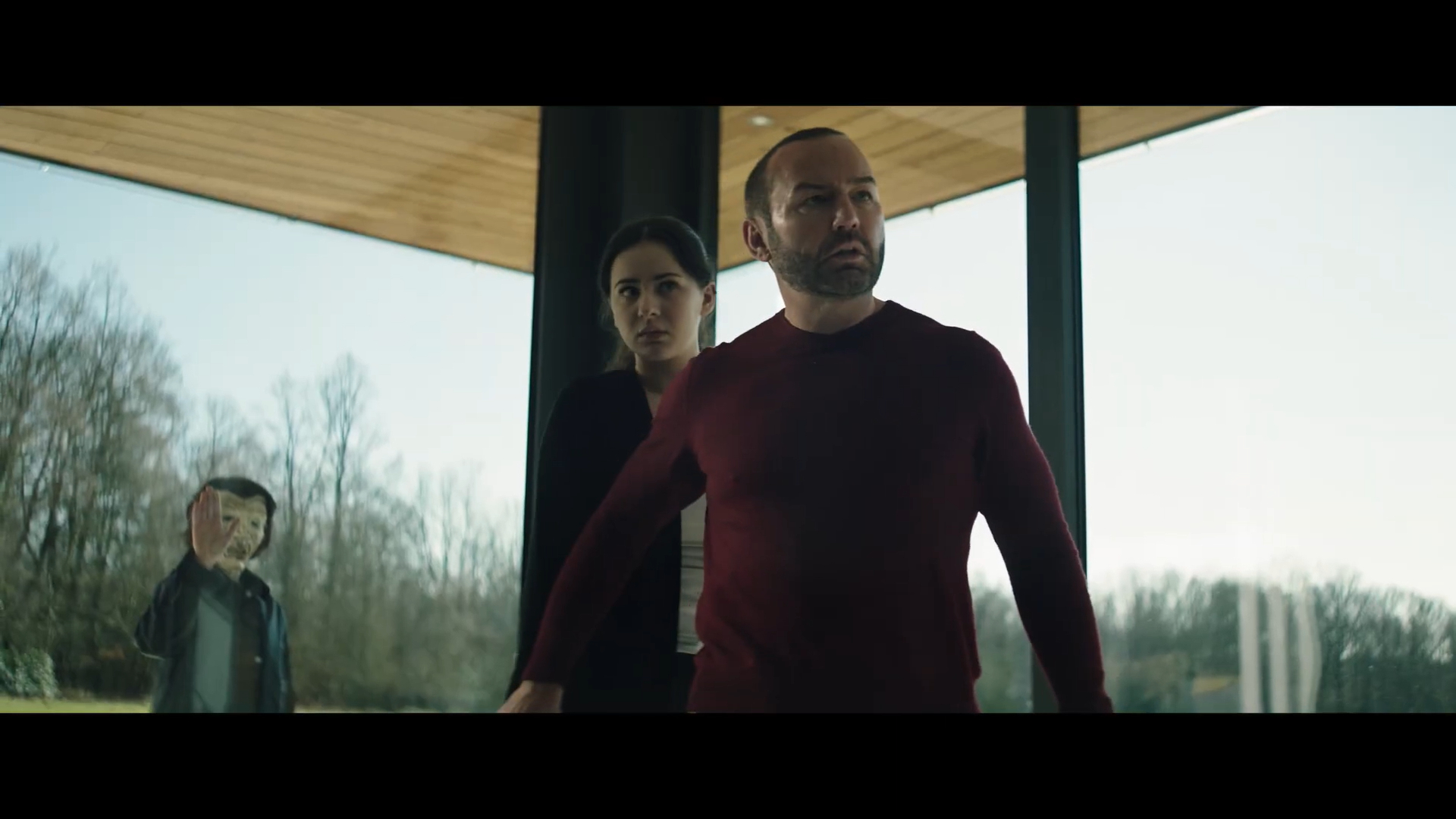
At just over 80 minutes, Everyone Is Going to Die is tightly constructed. Its pacing is deliberate, allowing tension to mount gradually before delivering an emotionally devastating climax. The final act is both shocking and thematically rich, leaving audiences with questions about accountability, legacy, and the hidden cost of silence.
Critical reception has been mixed but mostly favorable. Many praise the film’s intelligence and thematic depth, especially its subversive take on the home-invasion genre. Some viewers, however, may find its pacing slow or its symbolism heavy-handed. Still, the film’s commitment to exploring uncomfortable truths makes it a standout in a crowded genre.
In conclusion, Everyone Is Going to Die is not just a thriller—it is a haunting moral interrogation dressed in the clothing of a suspense film. It challenges viewers to look beyond fear and into the emotional wounds that violence leaves behind. For those seeking a psychologically rich, socially conscious experience, this film offers a bold and unforgettable cinematic journey.
